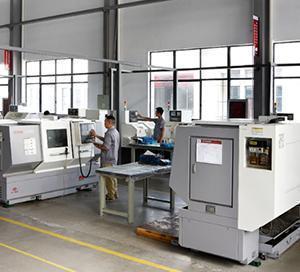In the field of audio production, continuous advances in technology have opened up unprecedented possibilities for creators. Among them, magnet audio technology, as a new direction, is gradually attracting the attention of professional audio producers. This article will delve into the application of magnet audio technology in professional audio production environments and reveal how it can revolutionize audio creation.
Introduction of Magnet Audio Technology
Magnet audio technology, as the name suggests, is a technology that uses the special properties of magnets to process and affect audio signals. This technique usually involves the modulation, filtering and conversion of the audio signal by the magnetic field. By precisely controlling the strength and direction of the magnetic field, the audio signal can be endowed with unique physical properties to achieve effects that are difficult to achieve with traditional audio processing techniques.
Application of Professional Audio Production
Magnetic field recording and reproduction: With the help of specialized magnet equipment, we can "brand" the audio signal with a unique magnetic field imprint during the recording process. When playing these audio, the corresponding decoding technology can accurately restore these magnetic characteristics to the original audio signal, ensuring the high-fidelity transmission and storage of audio.
Magnet audio creation: Magnet audio technology provides a broad creative space for audio producers. By adjusting the magnetic field parameters, such as the strength of the magnetic field, the audio signal can be distorted, compressed or expanded, injecting a unique listening experience into the music work or sound design.
Magnetic microphones and sound capture technology: Unlike traditional microphones, which convert sound into electrical signals through mechanical vibration, magnetic microphones use magnetic field changes to capture sound. This innovative technology provides better sound capture in certain situations, such as high noise backgrounds, ensuring clear and accurate audio.
Challenges and Opportunities for the Future
Although magnet audio technology shows great potential in professional audio production, it still faces some challenges. For example, the complexity and high cost of the technology may limit its widespread application. In addition, the need for precise magnetic field control also requires audio producers to have a higher level of technical literacy.
However, as the technology continues to mature and costs decrease, magnet audio technology is expected to become an important tool in the field of professional audio production in the future. It can not only provide new creative means for audio creators, but also promote the development of audio art to a broader and diversified direction.
To sum up, magnet audio technology, as a new field of professional audio production, is attracting more and more creators and researchers with its unique charm and potential. We have reason to believe that in the near future, this technology will play a more important role in the field of audio creation.
 English
English 日本語
日本語 한국어
한국어 français
français Deutsch
Deutsch Español
Español italiano
italiano русский
русский português
português العربية
العربية





